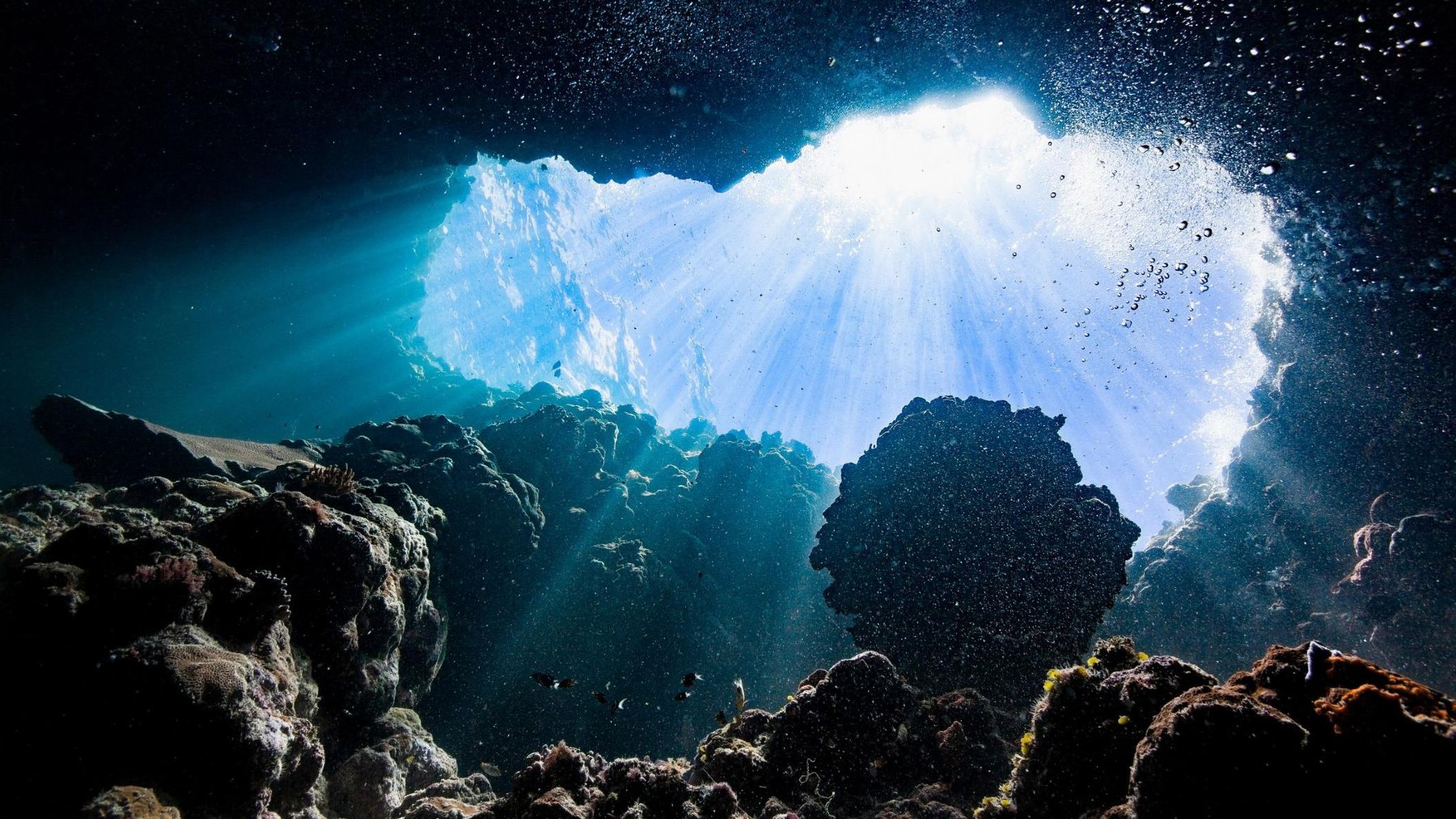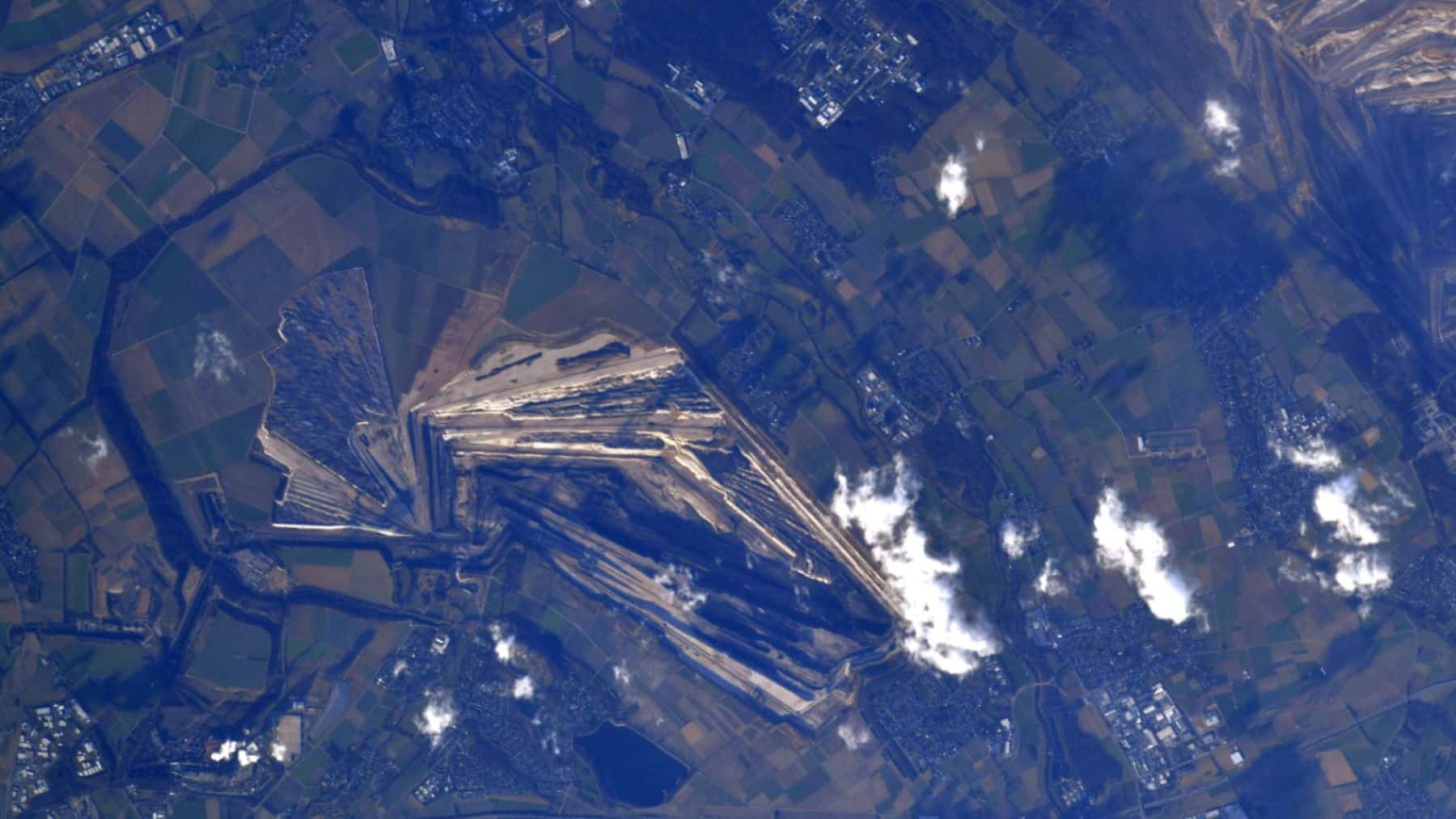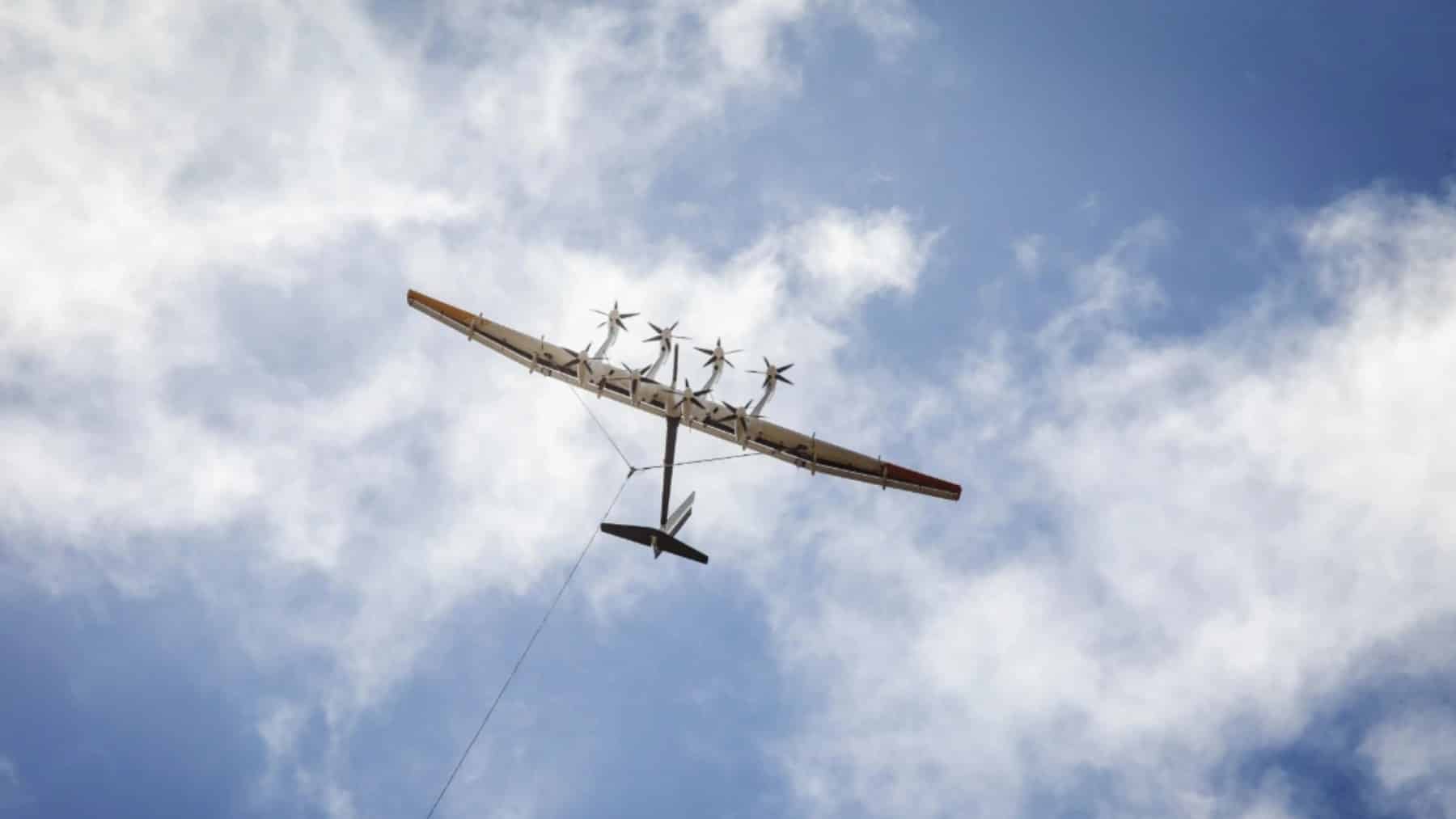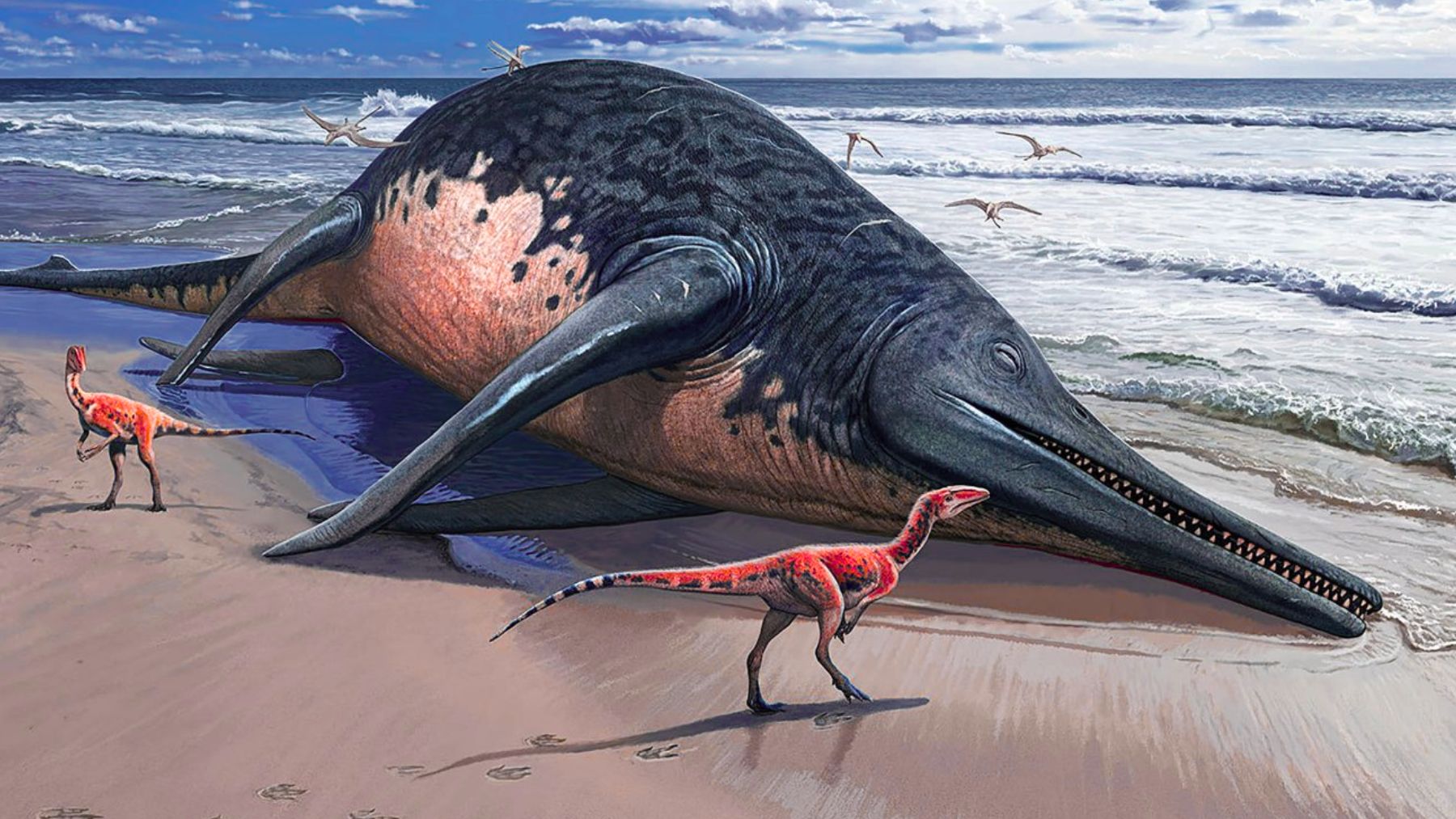Revisiting Makani’s legacy and Google’s involvement
Makani was a wind power project in a league of its own. It was started back in 2006 by kiteboarders who pictured flying wind turbines. The idea was to use these energy kites to soar to heights where wind speed was optimal and consistent. With onboard rotors, the whole idea was to enable these kites to generate electricity at higher altitudes. From there, the energy could be brought to the ground, taking away the need for steel towers.
Back in 2013, Makani was a project on Google’s radar and was tested in Google Factory X, which is devoted to innovations that pose high risks. By 2018, the kite had been built with a 28-meter wingspan generating about 600 kilowatts of Airbourne wind energy.
The project was ambitious, yet commercial viability was where Makani fell short. While testing in Norway in partnership with Shell, Alphabet chose to shut down Makani and did so in February 2020. While Makani was a working wind kite, the marketing required for such a high-risk product proved to be a bigger stress.
Makani remains a power-generating kite
While Google’s newer projects see Google finding energy for millennia, Google’s Makani innovation that led to the M600 energy kite which was fully equipped with onboard rotors will be remembered. The rotors functioned similarly to drones during takeoff, lifting the kite effortlessly. In flight, the kite moved toward the maximized wind whilst being assisted by the rotors.
In flight, the rotors mimicked wind turbines generating electricity. Due to a rather sophisticated flight computer, the kite could be stabilized even in conditions when turbulence was unbearable. Another attractive feature of Makani was its cost factor. Unlike traditional wind turbines that are costly, Makani’s design was more cost-effective.
Makani’s legacy remains and the fact that the kite could travel to higher altitudes where wind potential was immense makes it different from any other conventional turbine.
Makani project offering knowledge to the masses
Makani is no longer an active project by Google, yet the 13 years of research is not wasted. Alphabet has made public all of Makani’s documentation and flight data under open-source licenses. The research is open for all to use.
In a documentary, Pulling Power from the Sky, Makani’s story is told right from its core kiteboarding beginnings to its last flight in Norway. Makani is surely an inspiration for many with researchers already taking the reins and looking at projects such as Germany’s kiteKRAFT and TU Delft in the Netherlands. Makani’s designs are being used and adapted to date and in doing so power outputs on offer look promising and capable of surpassing 600 kW despite the move toward smaller and cheaper designs.
Makani may be a dream that never materialized but its research is far from forgotten and perhaps one day there will be a possibility of kite-like devices harnessing wind power at optimal conditions all because of the work done by Makani and Google. Google, however, is not giving up on its clean energy agenda, and in keeping up with trends, Google is reaching the most inaccessible place on Earth while finding big treasure too.
Disclaimer: Our coverage of events affecting companies is purely informative and descriptive. Under no circumstances does it seek to promote an opinion or create a trend, nor can it be taken as investment advice or a recommendation of any kind.














